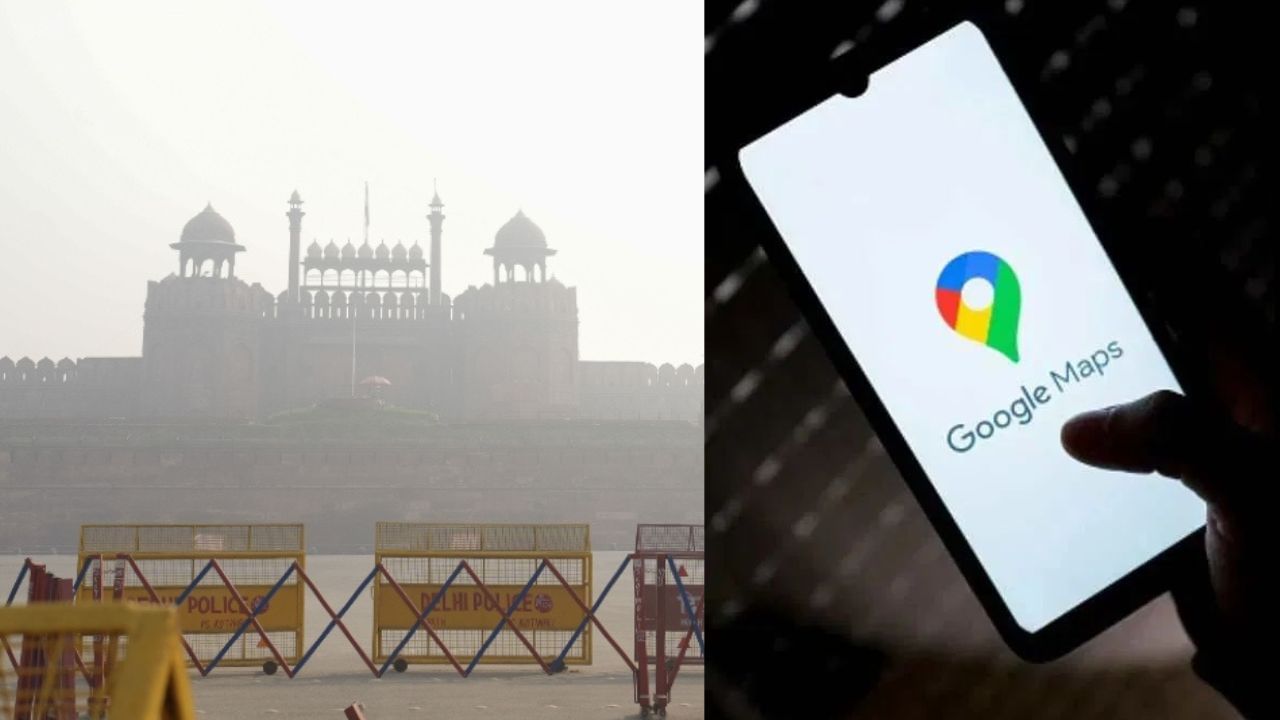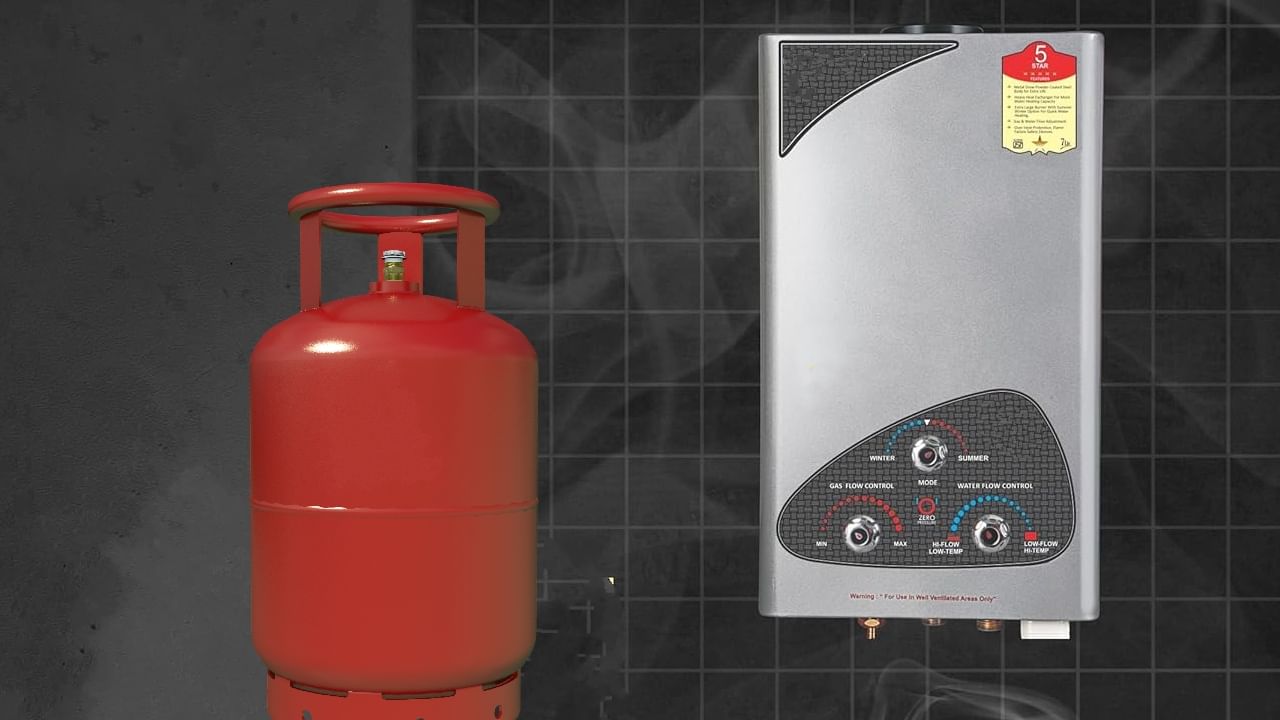Due to pollution, North India including Delhi is troubled by smog. The climate has deteriorated so much that recently the Air Quality Index (AQI) of the capital touched the level of 491. Delhi-Mumbai are big cities, their AQI is known immediately, but what about small cities? How to find out what is the AQI of the city in which you live? Take a sigh of relief, because Google Maps has found a solution. Now you will get Air View+ feature in Google Maps, through which you will know whether the air quality is suffocating or not.
Google Maps has launched a new feature Air View Plus in India. This tool runs through Artificial Intelligence (AI), which will tell you the air quality in your place in real time. nationwide google maps The new features can be taken advantage of. People can easily check whether the air of their city is poisoned or clean.
Government will also benefit
The Air View Plus feature has been designed in such a way that it can provide air quality information not only to the people but also to the government agencies. This feature will be very useful for those government agencies which are engaged in reducing pollution and do work like environment monitoring and urban planning.
New feature announced in blog post
Yale Maguire, vice-president and general manager of Google Maps Platform and Google Earth, and Miriam Daniel, vice-president and general manager of Google Maps, announced the new feature in a blog post.
Google has partnered with local climate tech companies to collect air quality data. Air quality information across the country is provided by processing big data inputs through Google AI models.
Censored in more than 150 cities
Climate tech companies like Orsure and Respirer Living Sciences have set up air quality sensor networks in cities that did not have infrastructure for air quality monitoring.
The sensors measure multiple air quality parameters every minute and have been installed in more than 150 Indian cities to cover as much population as possible.





